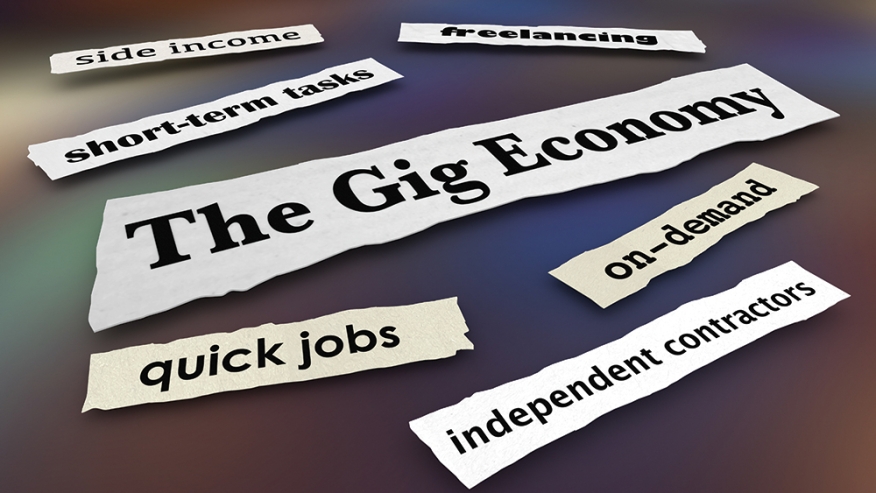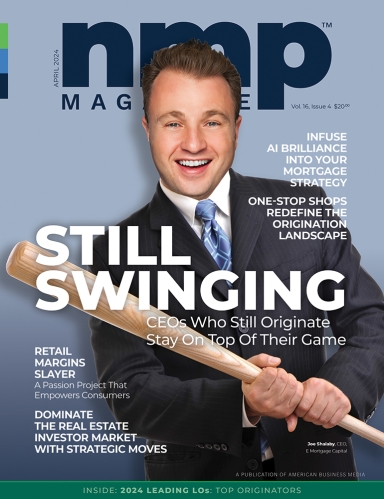With tax season in full swing, let’s talk about calculating tax returns properly — more specifically, how to calculate income for gig workers.
Many Americans are not working the traditional 40-hour-a-week salaried job anymore. According to Upwork’s Freelance Forward report, in 2022, 39% of the American workforce did some sort of freelance work, so you can expect to see some of these workers as your borrowers.
Because their income is variable, it’s going to take some extra preparation and calculation to best support them in the homebuying process. To better work with gig workers, and to grow your business among this group, let’s talk about who they are and the questions to ask them to help you with calculating their incomes.












